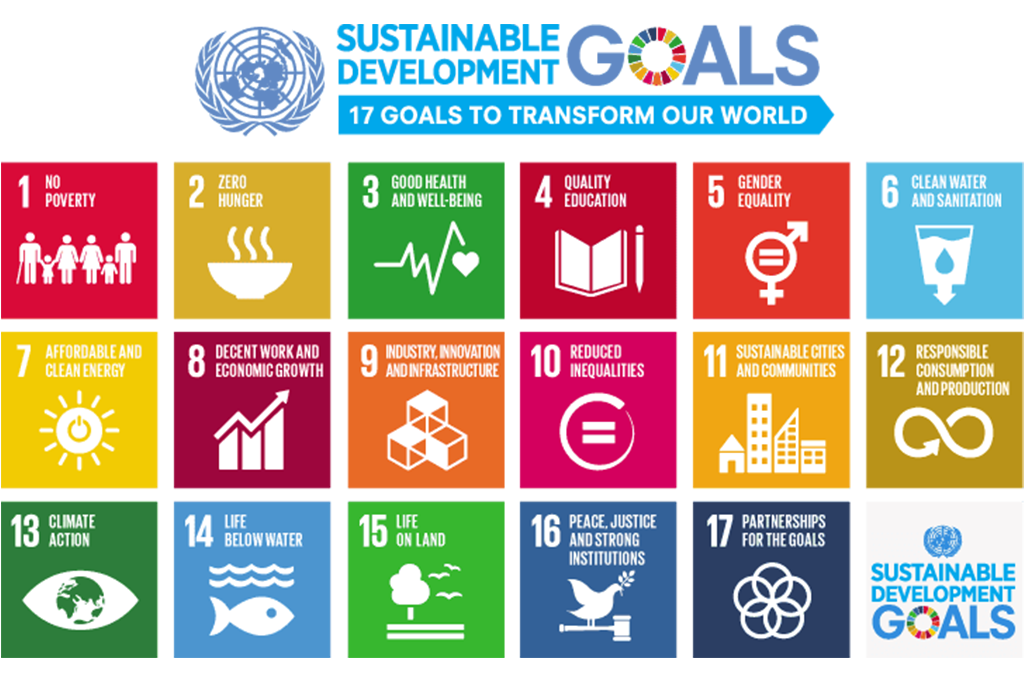Integrating renewable energy with water conservation systems presents a sustainable solution for meeting water needs while reducing environmental impacts. Solar-powered filtration and desalination systems offer promising methods for providing clean water in areas where conventional power sources are limited or unsustainable, especially in water-scarce regions.
The Role of Solar Energy in Water Filtration
Solar-powered water filtration systems use photovoltaic (PV) panels to generate electricity for operating filtration processes, such as reverse osmosis (RO) or ultrafiltration. A study by Greenlee et al. (2009) showed that solar-powered RO units could reduce operational costs by 30% in remote areas, making them more viable for off-grid applications. Solar filtration systems are increasingly used in rural and disaster-prone regions, where consistent access to clean water is crucial for public health.
Solar Desalination: A Sustainable Solution for Arid Regions
Desalination requires significant energy, traditionally supplied by fossil fuels. However, integrating solar energy can reduce the environmental impact of desalination. Solar desalination systems, including solar stills and concentrated solar power (CSP)-driven plants, harness solar thermal energy to evaporate and condense seawater. According to Shatat et al. (2014), solar desalination could meet 10-15% of water demand in arid coastal areas, such as the Middle East.
Case Study: Solar Desalination in the Middle East
In the United Arab Emirates, the world’s first solar-powered desalination plant was established to address growing water demand and reliance on energy-intensive desalination (Alkaisi et al., 2017). The plant uses a combination of PV panels and CSP technology, capable of producing up to 1,500 cubic meters of potable water per day. This model demonstrates the potential of renewable-powered desalination to provide a sustainable water source for arid regions.
Future Directions and Technological Advancements
Advancements in solar technology, such as increased PV efficiency and lower costs, will enhance the feasibility of renewable-powered water systems. Innovations in hybrid systems that combine solar and wind energy with filtration or desalination could improve reliability and energy efficiency. Policy incentives and investment in renewable-powered water infrastructure are essential to scale these technologies, supporting both water and energy sustainability goals.
Conclusion
Integrating renewable energy with water conservation systems can address water scarcity and reduce carbon emissions. Solar-powered filtration and desalination provide a sustainable solution for water-stressed areas, particularly where energy access is limited. By advancing these technologies, regions worldwide can adopt cleaner, more resilient water management practices.








